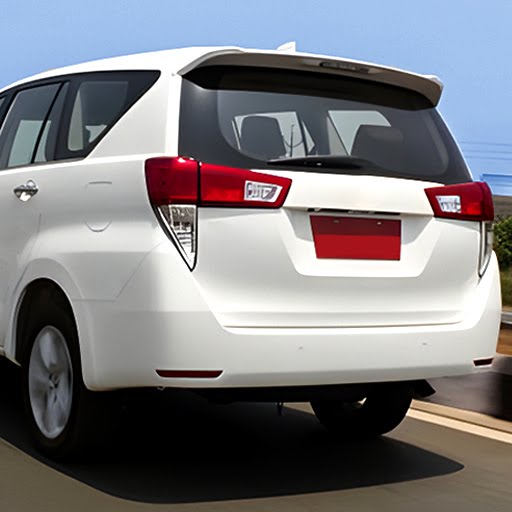Nintendo stands as a titan in the world of video games, renowned for its pioneering spirit and a legacy of innovation that has consistently pushed the boundaries of the gaming industry. From its inception, Nintendo has not only captured the hearts of gamers worldwide but also cultivated a treasure trove of iconic intellectual properties that continue to enchant players decades later. With the announcement of the Nintendo Switch 2 on the horizon, it's an opportune moment to reflect on the rich history of Nintendo's contributions to the console market.
Below, we've compiled a comprehensive list of every single console Nintendo has released, offering you a journey through time to explore how Nintendo has evolved and shaped the gaming landscape.
AnswerSee Results*Looking to save on a new Nintendo Switch or new titles for your system? Be sure to check out the best Nintendo deals available today.*How Many Nintendo Consoles Have There Been?
In total, 32 Nintendo consoles have been released throughout Nintendo's history. The Switch 2 will mark the 33rd console in this storied lineup. This count includes revision models for both home and handheld consoles, featuring variants like XL and Mini.
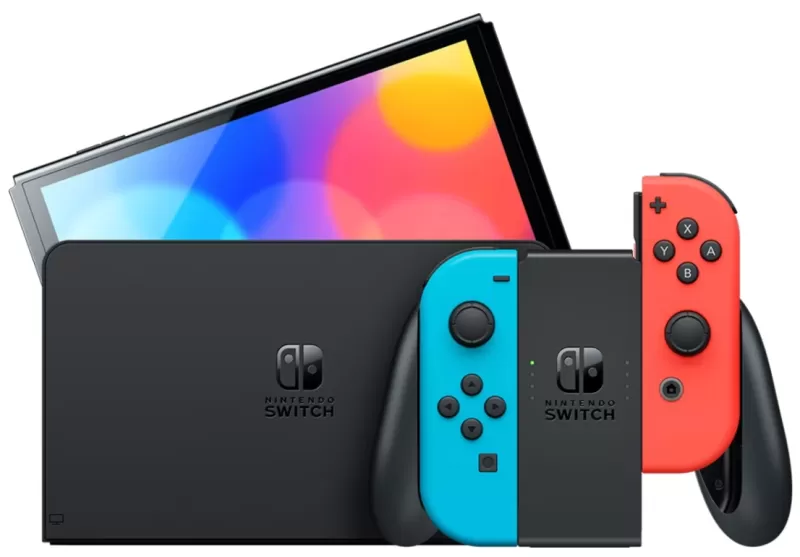 Latest Model### Nintendo Switch OLED (Neon Blue & Red)
Latest Model### Nintendo Switch OLED (Neon Blue & Red)
4See it at AmazonEvery Nintendo Console in Order of Release
Color TV-Game - June 1, 1977
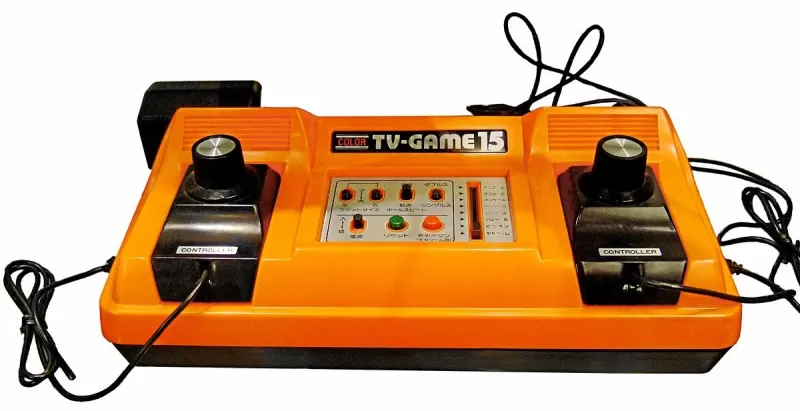 Nintendo's initial foray into gaming hardware came with the Color TV-Game series, a pioneering effort in collaboration with Mitsubishi Electronics. This venture laid the groundwork for Nintendo's future in hardware development, propelling them to focus solely on gaming. The success of these systems nearly 50 years ago underscores Nintendo's enduring commitment to innovation.
Nintendo's initial foray into gaming hardware came with the Color TV-Game series, a pioneering effort in collaboration with Mitsubishi Electronics. This venture laid the groundwork for Nintendo's future in hardware development, propelling them to focus solely on gaming. The success of these systems nearly 50 years ago underscores Nintendo's enduring commitment to innovation.
Game & Watch - April 28, 1980
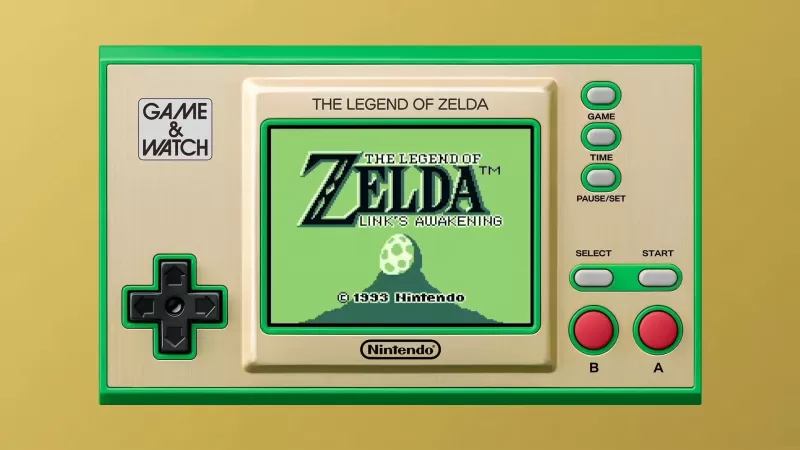 Nintendo's venture into the handheld market began with the Game & Watch series, each device dedicated to a specific game. Selling over 40 million units worldwide, these handhelds introduced key innovations like the D-Pad, seen in the Donkey Kong model. Their impact was so significant that Nintendo re-released limited editions in 2020 and 2021 to celebrate the anniversaries of Mario and Zelda.
Nintendo's venture into the handheld market began with the Game & Watch series, each device dedicated to a specific game. Selling over 40 million units worldwide, these handhelds introduced key innovations like the D-Pad, seen in the Donkey Kong model. Their impact was so significant that Nintendo re-released limited editions in 2020 and 2021 to celebrate the anniversaries of Mario and Zelda.
Nintendo Entertainment System - October 18, 1985
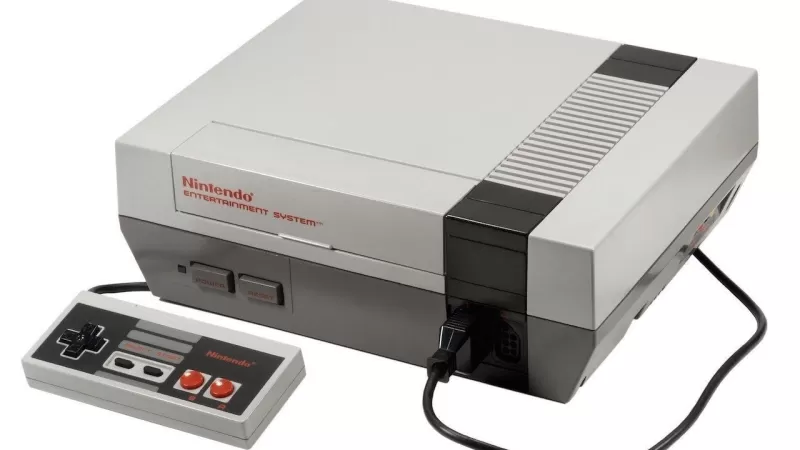 Known as the Family Computer (Famicom) in Japan, the Nintendo Entertainment System (NES) marked Nintendo's first home console release in North America. With its cartridge system, the NES revolutionized gaming by allowing players to choose from a vast library of games. It was here that iconic franchises such as Super Mario, The Legend of Zelda, and Metroid were born, cementing the NES's place as a cornerstone in video game history.
Known as the Family Computer (Famicom) in Japan, the Nintendo Entertainment System (NES) marked Nintendo's first home console release in North America. With its cartridge system, the NES revolutionized gaming by allowing players to choose from a vast library of games. It was here that iconic franchises such as Super Mario, The Legend of Zelda, and Metroid were born, cementing the NES's place as a cornerstone in video game history.
Game Boy - July 31, 1989
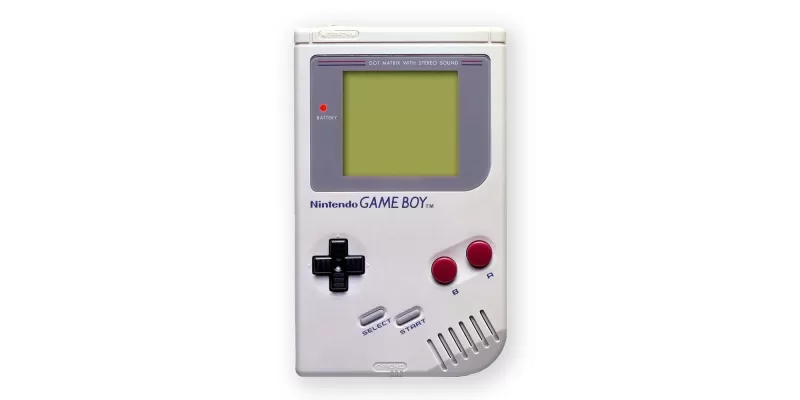 Introduced in North America during the summer of 1989, the Game Boy was Nintendo's first true handheld video game console. It offered a cartridge system that enabled players to enjoy a wide array of games, with Tetris becoming synonymous with the platform in many regions outside Japan.
Introduced in North America during the summer of 1989, the Game Boy was Nintendo's first true handheld video game console. It offered a cartridge system that enabled players to enjoy a wide array of games, with Tetris becoming synonymous with the platform in many regions outside Japan.
Super Nintendo Entertainment System - August 23, 1991
 With the Super Nintendo Entertainment System (SNES), Nintendo introduced 16-bit graphics to its consoles. This platform saw significant evolutions in Nintendo's major series, including Super Mario World and Donkey Kong Country. Despite launching late in its console generation, the SNES dominated sales thanks to its exceptional software and broad appeal.
With the Super Nintendo Entertainment System (SNES), Nintendo introduced 16-bit graphics to its consoles. This platform saw significant evolutions in Nintendo's major series, including Super Mario World and Donkey Kong Country. Despite launching late in its console generation, the SNES dominated sales thanks to its exceptional software and broad appeal.
Virtual Boy - August 14, 1995
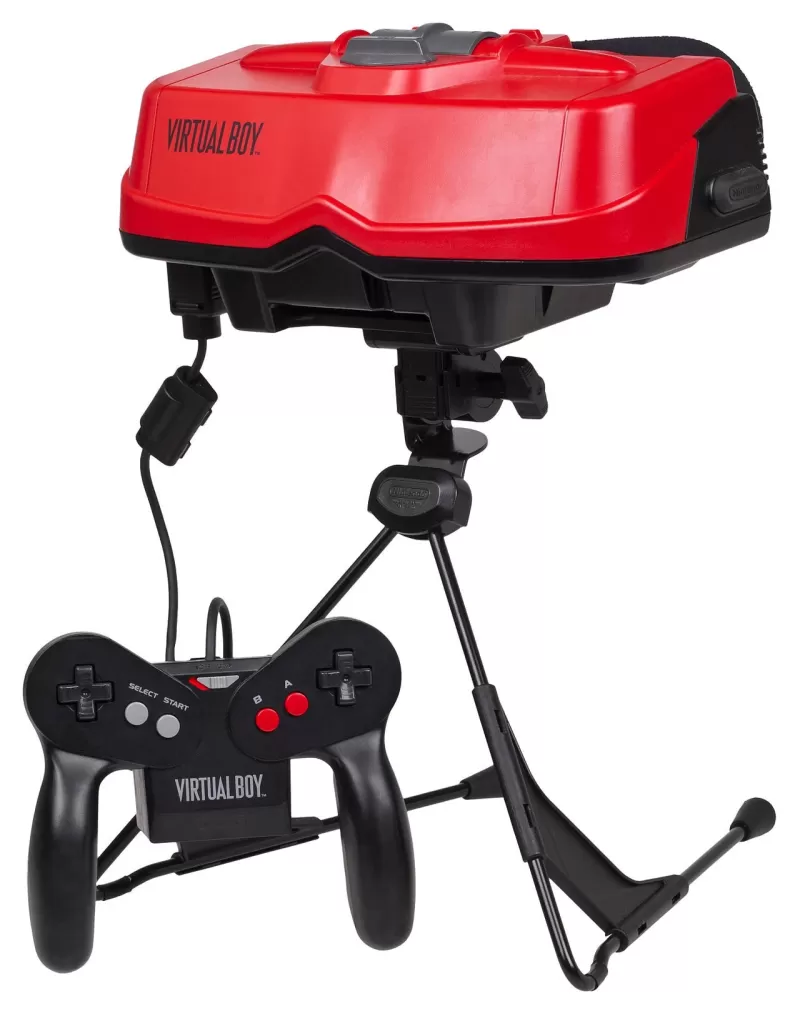 Perhaps Nintendo's most unconventional console, the Virtual Boy was the first to offer 3D visuals without glasses. With only 22 games released, including titles like Mario's Tennis and Virtual Boy Wario Land, the system was short-lived, selling less than 800,000 units over its year on the market.
Perhaps Nintendo's most unconventional console, the Virtual Boy was the first to offer 3D visuals without glasses. With only 22 games released, including titles like Mario's Tennis and Virtual Boy Wario Land, the system was short-lived, selling less than 800,000 units over its year on the market.
Game Boy Pocket - September 3, 1996
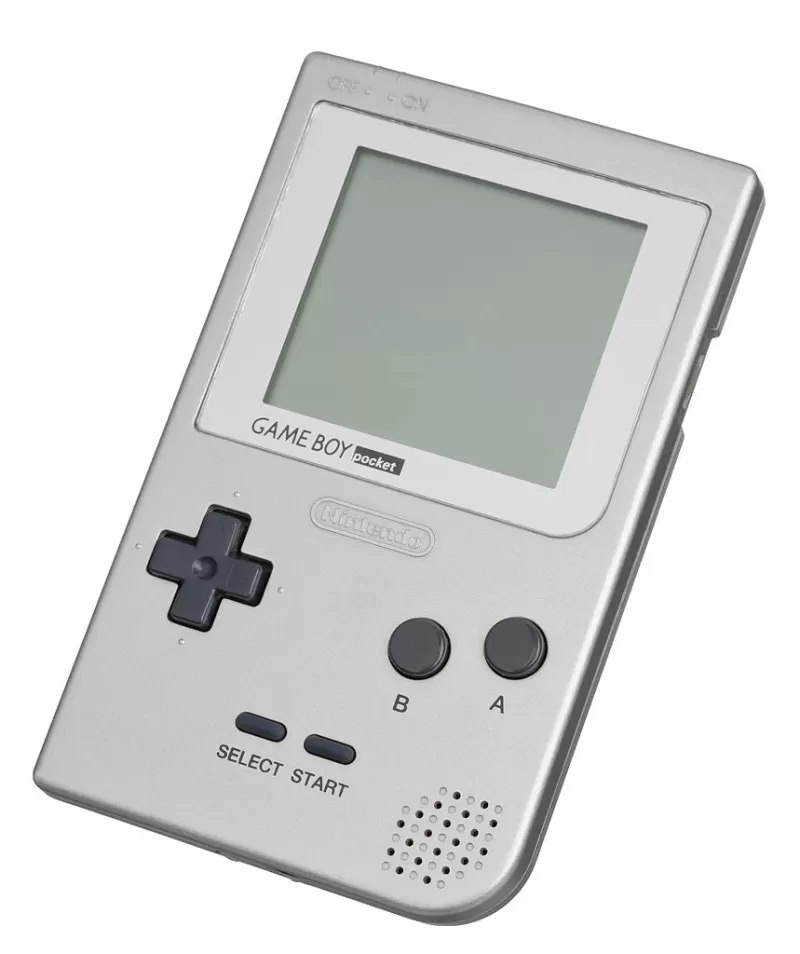 A more compact version of the original Game Boy, the Game Boy Pocket featured an improved black-and-white screen and enhanced response times. However, its smaller size meant a shorter battery life compared to its predecessor.
A more compact version of the original Game Boy, the Game Boy Pocket featured an improved black-and-white screen and enhanced response times. However, its smaller size meant a shorter battery life compared to its predecessor.
Nintendo 64 - September 29, 1996
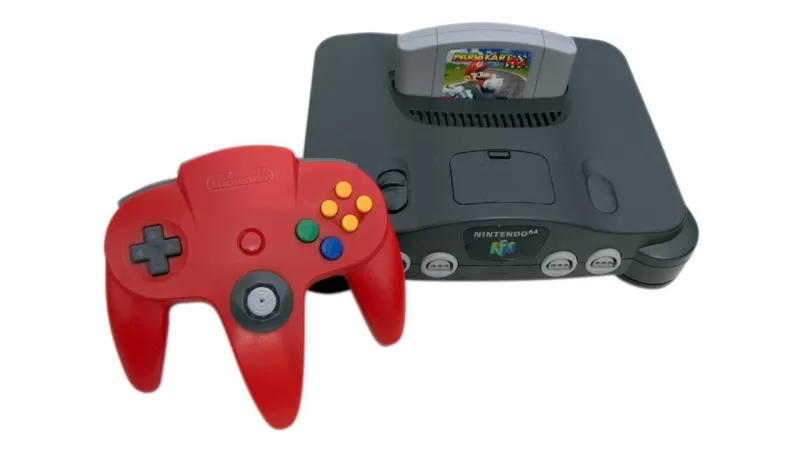 Bringing 3D graphics to a Nintendo home console for the first time, the Nintendo 64 introduced revolutionary titles such as Super Mario 64 and The Legend of Zelda: Ocarina of Time. Its innovative controller with an analog stick set new standards in gameplay, while special translucent editions added to its allure.
Bringing 3D graphics to a Nintendo home console for the first time, the Nintendo 64 introduced revolutionary titles such as Super Mario 64 and The Legend of Zelda: Ocarina of Time. Its innovative controller with an analog stick set new standards in gameplay, while special translucent editions added to its allure.
Game Boy Light - April 14, 1998
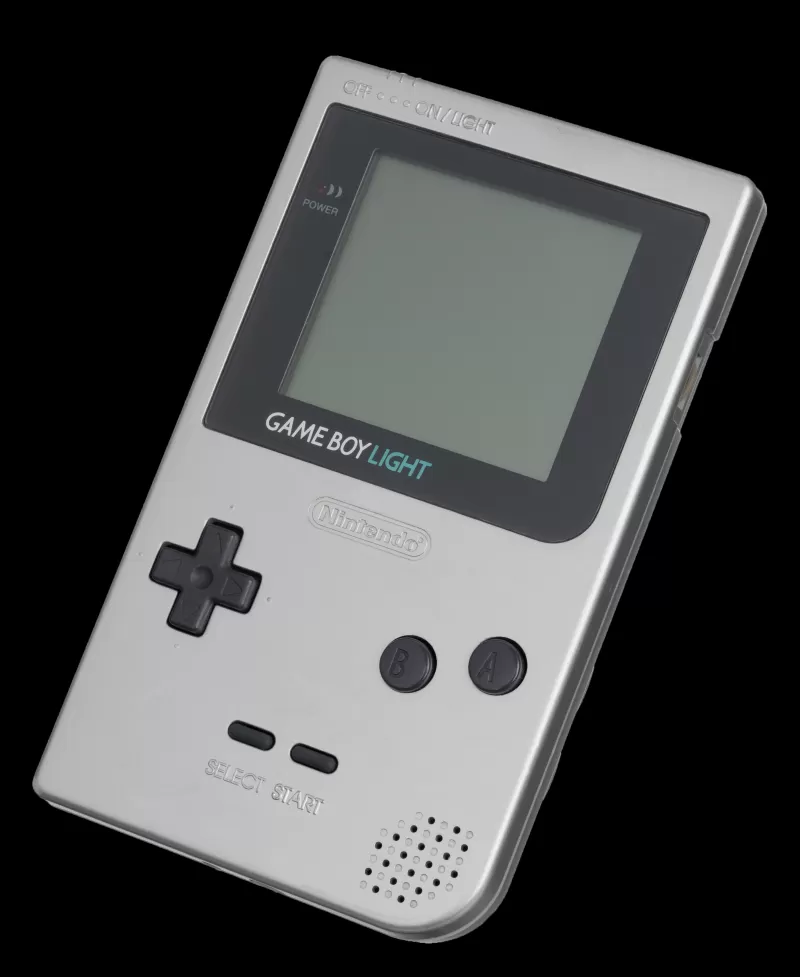 Exclusive to Japan, the Game Boy Light featured a backlight, enabling play in low-light conditions. Larger than the Game Boy Pocket but with a longer battery life, it offered up to 20 hours of playtime.
Exclusive to Japan, the Game Boy Light featured a backlight, enabling play in low-light conditions. Larger than the Game Boy Pocket but with a longer battery life, it offered up to 20 hours of playtime.
Game Boy Color - November 18, 1998
 Introducing color to Nintendo's handheld lineup, the Game Boy Color was backwards compatible with all Game Boy titles, enhancing classics like Tetris with vibrant colors. Its new hardware also supported hundreds of new games designed specifically for its capabilities.
Introducing color to Nintendo's handheld lineup, the Game Boy Color was backwards compatible with all Game Boy titles, enhancing classics like Tetris with vibrant colors. Its new hardware also supported hundreds of new games designed specifically for its capabilities.
Game Boy Advance - June 11, 2001
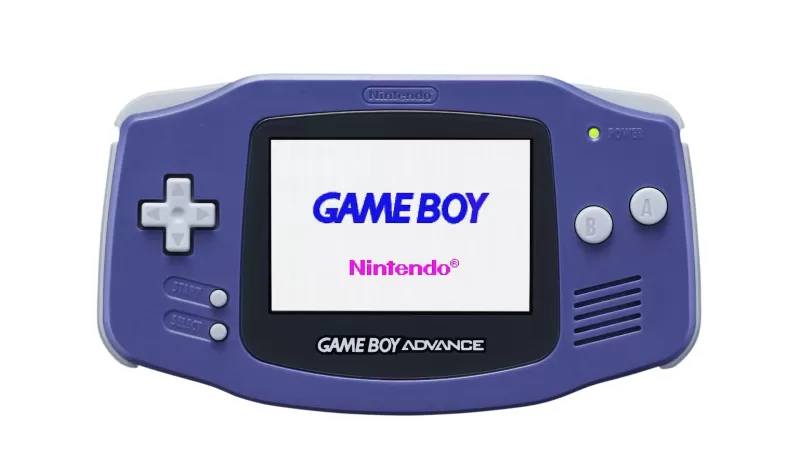 Marking a significant leap forward, the Game Boy Advance (GBA) adopted a horizontal design and supported 16-bit graphics, a major upgrade from the 8-bit Game Boy. Backwards compatibility with previous Game Boy titles further expanded its extensive game library.
Marking a significant leap forward, the Game Boy Advance (GBA) adopted a horizontal design and supported 16-bit graphics, a major upgrade from the 8-bit Game Boy. Backwards compatibility with previous Game Boy titles further expanded its extensive game library.
Pokémon mini - November 16, 2001

Nintendo GameCube - November 18, 2001
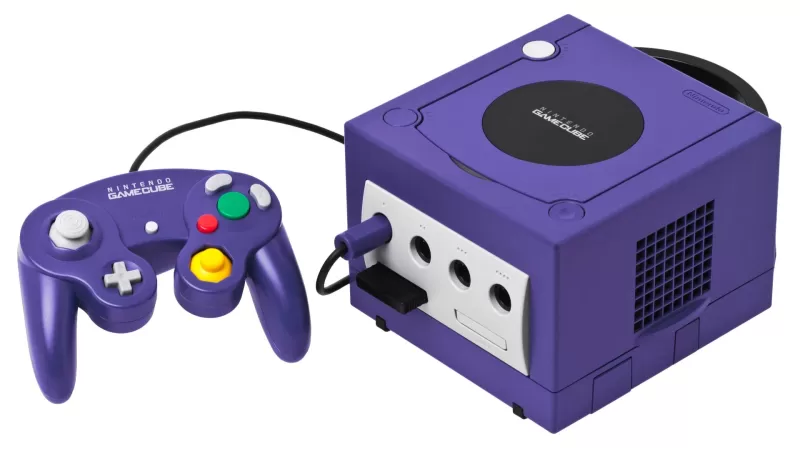 Building on the success of the Nintendo 64, the GameCube offered sequels to beloved titles like Super Mario Sunshine and The Legend of Zelda: Wind Waker. It shifted from cartridges to discs and introduced a more ergonomic controller with rumble and analog triggers. Its legacy continues with enduring franchises like Animal Crossing.
Building on the success of the Nintendo 64, the GameCube offered sequels to beloved titles like Super Mario Sunshine and The Legend of Zelda: Wind Waker. It shifted from cartridges to discs and introduced a more ergonomic controller with rumble and analog triggers. Its legacy continues with enduring franchises like Animal Crossing.
Panasonic Q - December 14, 2001
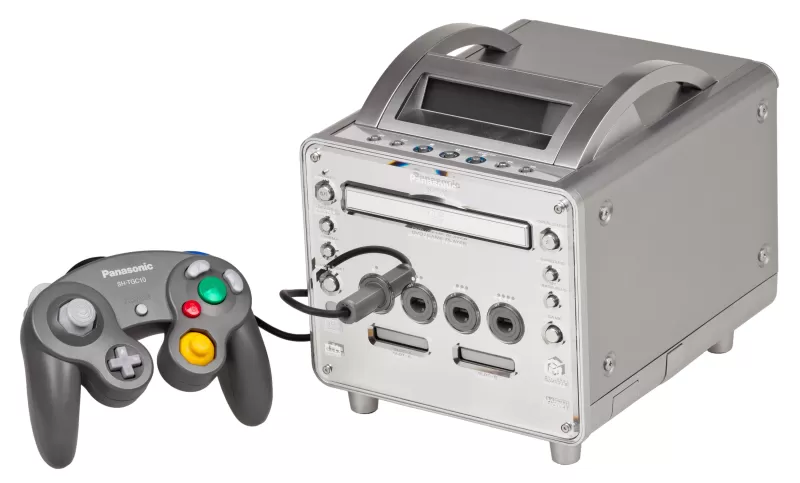 A collaboration between Panasonic and Nintendo, the Panasonic Q combined a GameCube with a DVD player. Its sleek stainless steel design and front LCD panel were notable, though high costs and limited sales led to its discontinuation after two years.
A collaboration between Panasonic and Nintendo, the Panasonic Q combined a GameCube with a DVD player. Its sleek stainless steel design and front LCD panel were notable, though high costs and limited sales led to its discontinuation after two years.
Game Boy Advance SP - March 23, 2003
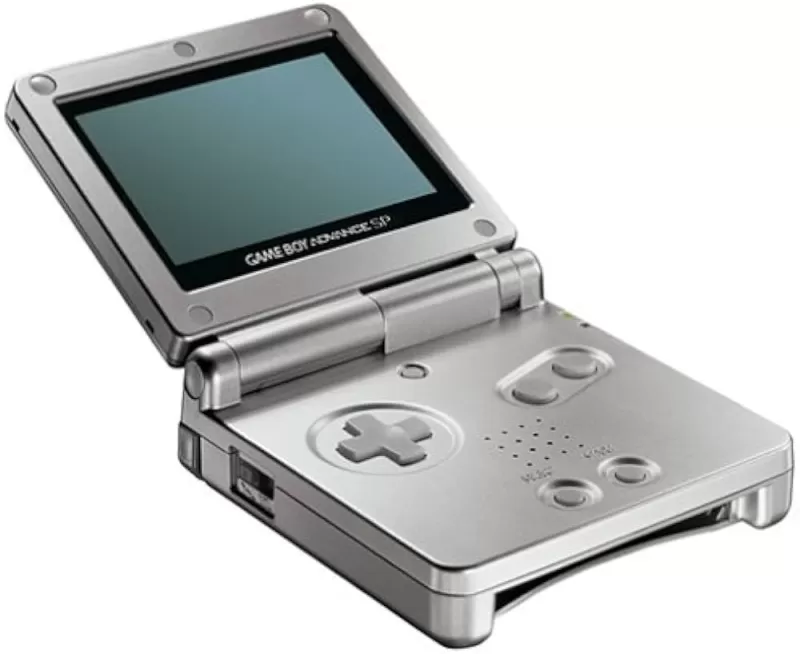 Revising the Game Boy Advance, the Game Boy Advance SP featured a foldable design with the screen on the top and controls on the bottom. It included a rechargeable battery and a backlit screen in later models, though it lacked a headphone jack.
Revising the Game Boy Advance, the Game Boy Advance SP featured a foldable design with the screen on the top and controls on the bottom. It included a rechargeable battery and a backlit screen in later models, though it lacked a headphone jack.
Nintendo DS - November 21, 2004
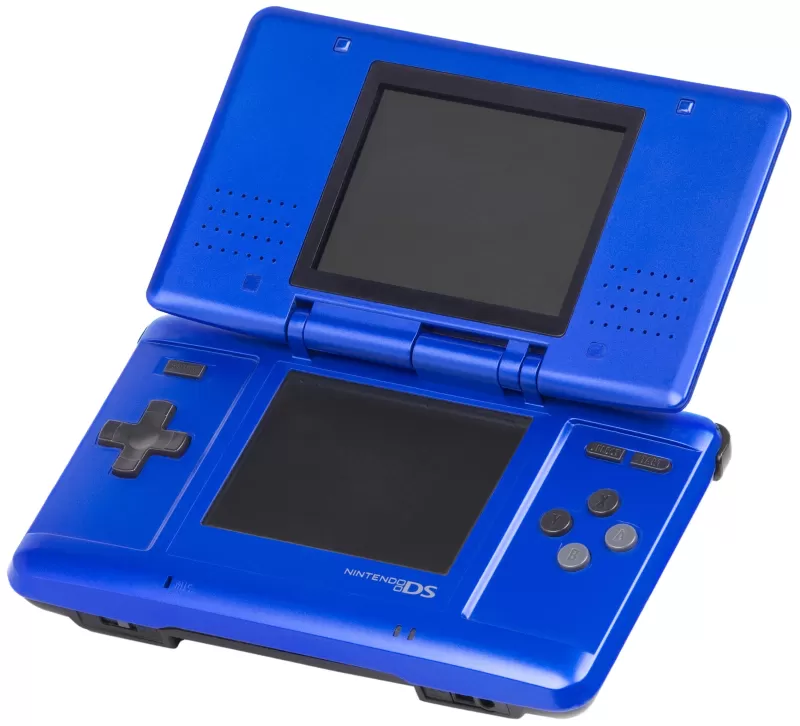 Launching the best-selling DS line, the Nintendo DS introduced Wi-Fi capabilities and a unique dual-screen design with a touchscreen. This allowed for innovative gameplay, setting it apart from other consoles of its time.
Launching the best-selling DS line, the Nintendo DS introduced Wi-Fi capabilities and a unique dual-screen design with a touchscreen. This allowed for innovative gameplay, setting it apart from other consoles of its time.
Game Boy Micro - September 19, 2005
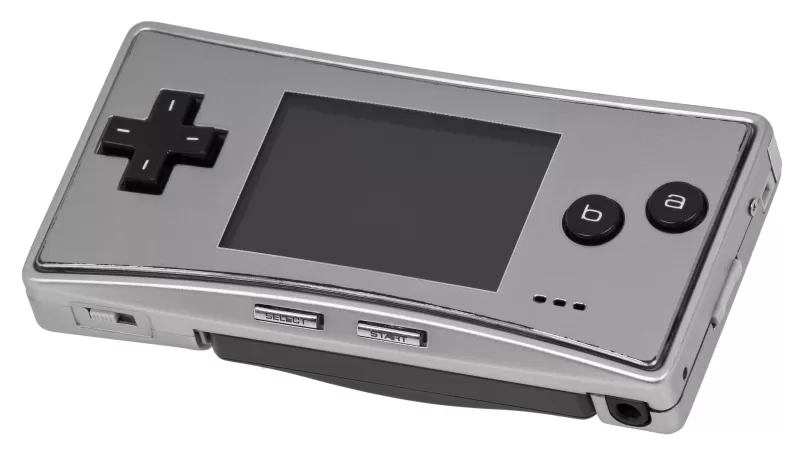 Revealed by Reggie Fils-Aimé at E3 2005, the Game Boy Micro impressed with its compact size and adjustable backlit screen. It played Game Boy, Game Boy Color, and Game Boy Advance games, selling 2.42 million units over 18 months.
Revealed by Reggie Fils-Aimé at E3 2005, the Game Boy Micro impressed with its compact size and adjustable backlit screen. It played Game Boy, Game Boy Color, and Game Boy Advance games, selling 2.42 million units over 18 months.
Nintendo DS Lite - June 11, 2006
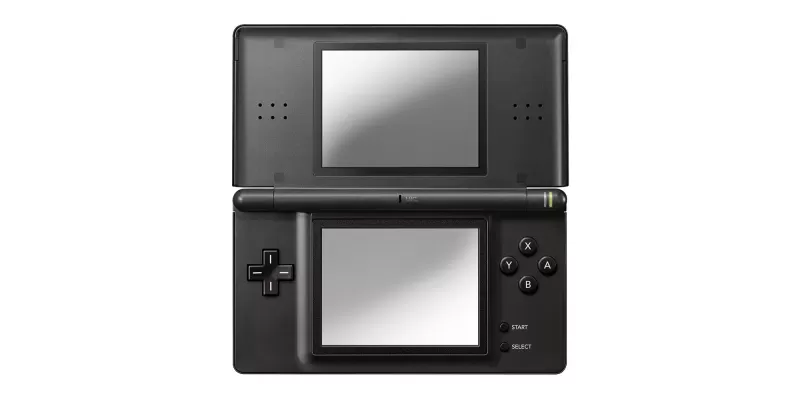 A slimmer, lighter version of the Nintendo DS, the DS Lite boasted brighter screens and improved battery life, enhancing the gaming experience.
A slimmer, lighter version of the Nintendo DS, the DS Lite boasted brighter screens and improved battery life, enhancing the gaming experience.
Nintendo Wii - November 19, 2006
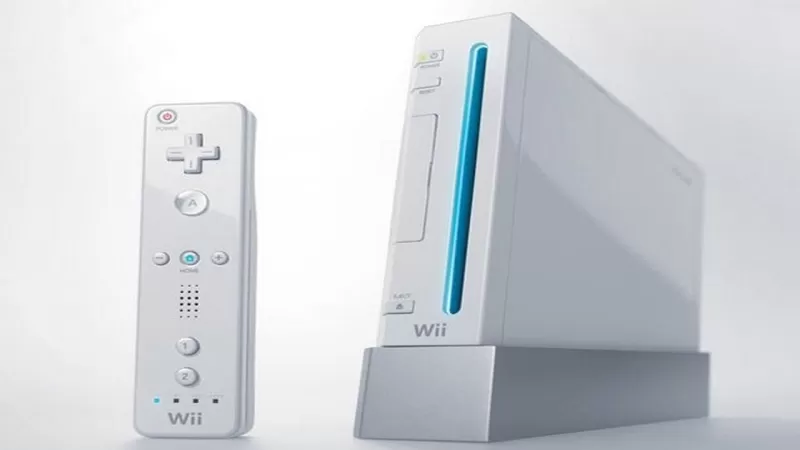 Revitalizing Nintendo's home console market, the Wii introduced motion controls with the Wii Remote, supported by a range of accessories. It was backwards compatible with GameCube titles and featured the Virtual Console for digital downloads of classic games.
Revitalizing Nintendo's home console market, the Wii introduced motion controls with the Wii Remote, supported by a range of accessories. It was backwards compatible with GameCube titles and featured the Virtual Console for digital downloads of classic games.
Nintendo DSi - November 1, 2008
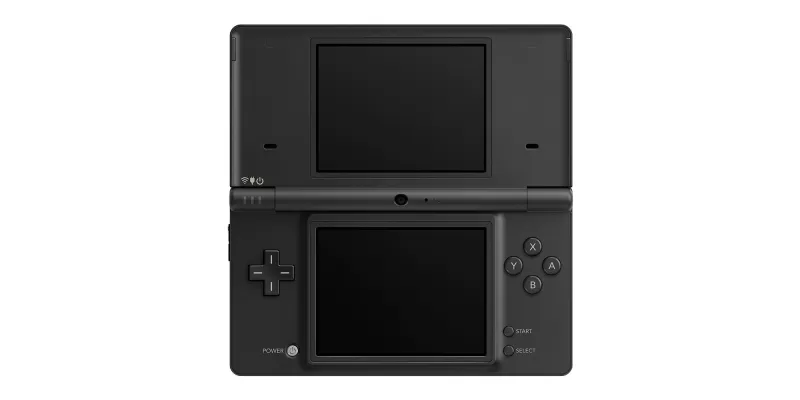 Updating the DS, the DSi added cameras and an SD card slot but removed the Game Boy Advance slot. It expanded on the DS's capabilities with new software features.
Updating the DS, the DSi added cameras and an SD card slot but removed the Game Boy Advance slot. It expanded on the DS's capabilities with new software features.
Nintendo DSi XL - November 21, 2009
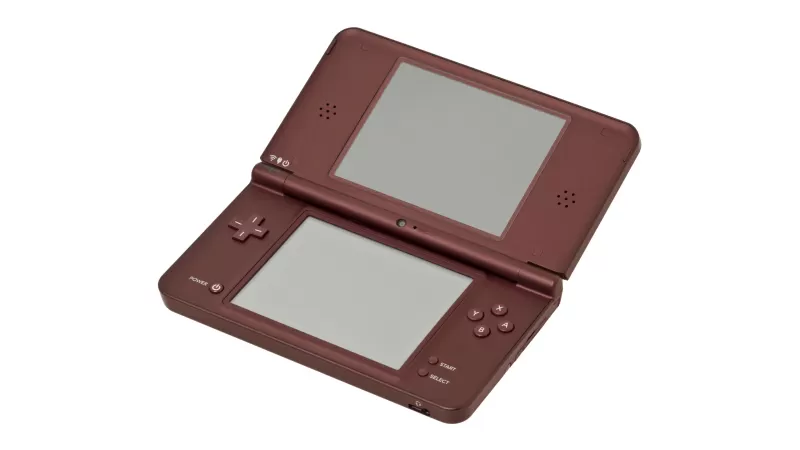 Larger than the DSi, the DSi XL featured 4.2-inch wide-view screens and enhanced audio, offering a more immersive gaming experience.
Larger than the DSi, the DSi XL featured 4.2-inch wide-view screens and enhanced audio, offering a more immersive gaming experience.
Nintendo 3DS - March 27, 2011
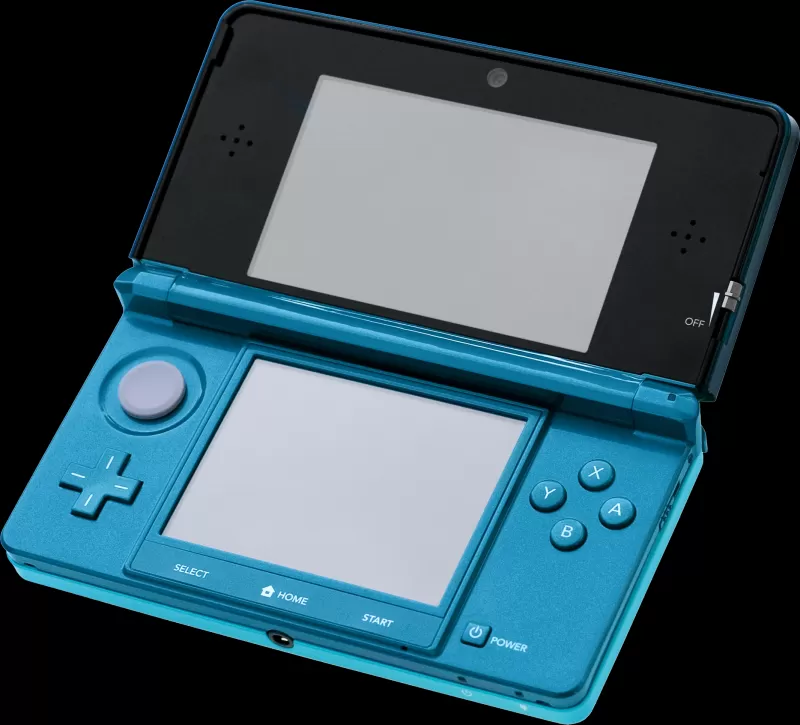 Following the DS, the 3DS introduced glasses-free 3D gaming using stereoscopy. It boasted a rich library of titles including The Legend of Zelda: A Link Between Worlds and Super Mario 3D Land.
Following the DS, the 3DS introduced glasses-free 3D gaming using stereoscopy. It boasted a rich library of titles including The Legend of Zelda: A Link Between Worlds and Super Mario 3D Land.
Nintendo 3DS XL - August 19, 2012
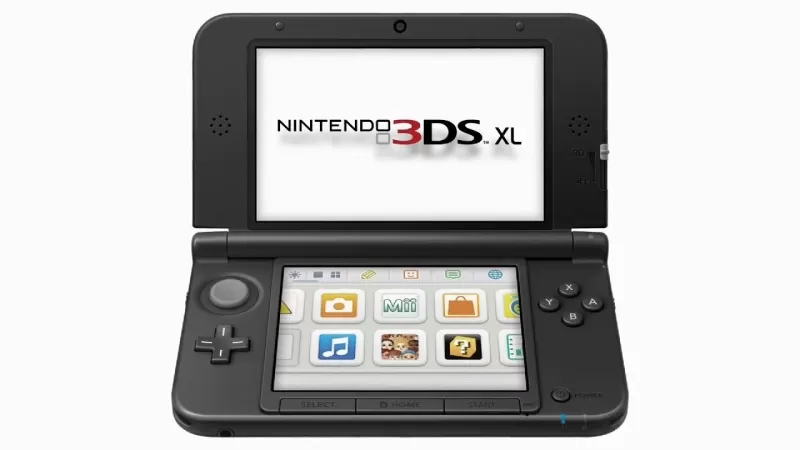 Offering a 90% larger screen than the standard 3DS, the 3DS XL maintained all the original features while enhancing visibility and gameplay.
Offering a 90% larger screen than the standard 3DS, the 3DS XL maintained all the original features while enhancing visibility and gameplay.
Nintendo Wii U - November 18, 2012
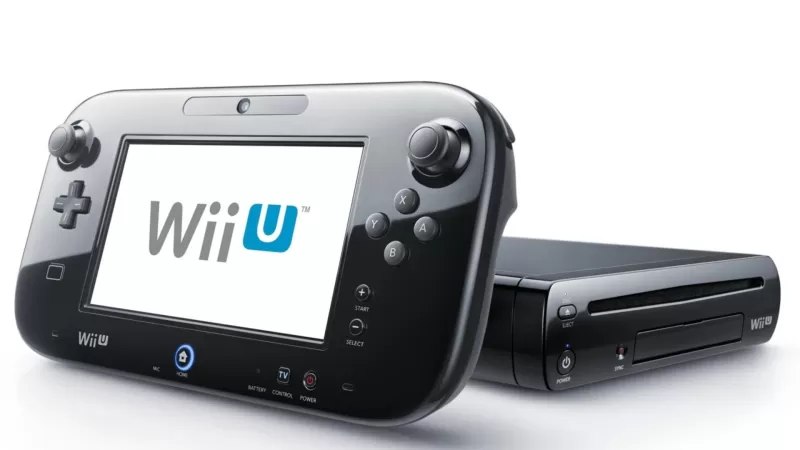 As the successor to the Wii, the Wii U introduced the GamePad, a controller with a built-in screen for off-TV play. It supported HD graphics and was compatible with Wii games and accessories, though it faced challenges due to marketing and consumer confusion.
As the successor to the Wii, the Wii U introduced the GamePad, a controller with a built-in screen for off-TV play. It supported HD graphics and was compatible with Wii games and accessories, though it faced challenges due to marketing and consumer confusion.
Nintendo Wii Mini - December 7, 2012
 Released at the end of the Wii's lifecycle, the Wii Mini was smaller and lighter but lacked several features, including GameCube support and Wi-Fi connectivity.
Released at the end of the Wii's lifecycle, the Wii Mini was smaller and lighter but lacked several features, including GameCube support and Wi-Fi connectivity.
Nintendo 2DS - October 12, 2013
 Removing the 3D capabilities of the 3DS, the 2DS offered a flat, affordable alternative while maintaining compatibility with all 3DS games.
Removing the 3D capabilities of the 3DS, the 2DS offered a flat, affordable alternative while maintaining compatibility with all 3DS games.
New Nintendo 3DS - October 11, 2014
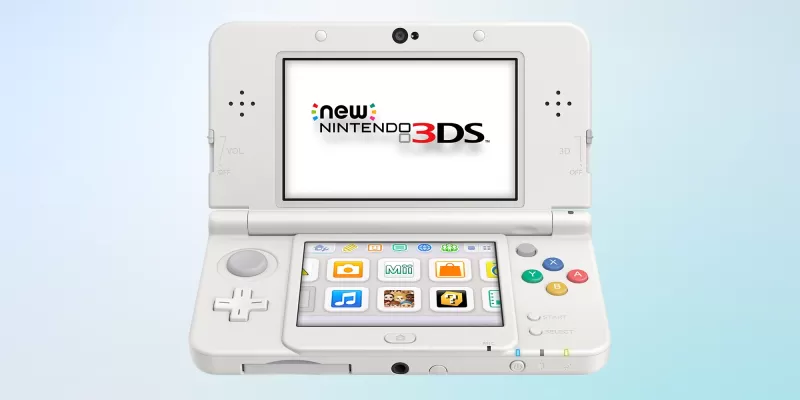 Upgrading the 3DS, the New Nintendo 3DS added new controls like the C-Stick and ZR/ZL buttons, as well as NFC support for amiibo.
Upgrading the 3DS, the New Nintendo 3DS added new controls like the C-Stick and ZR/ZL buttons, as well as NFC support for amiibo.
New Nintendo 3DS XL - February 13, 2015
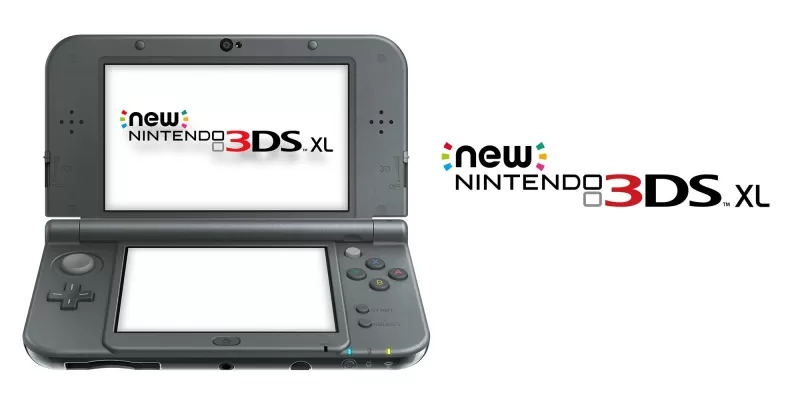 Larger than the New Nintendo 3DS, the XL version offered bigger screens but removed the ability to change face plates, though special editions were available.
Larger than the New Nintendo 3DS, the XL version offered bigger screens but removed the ability to change face plates, though special editions were available.
Nintendo Switch - March 3, 2017
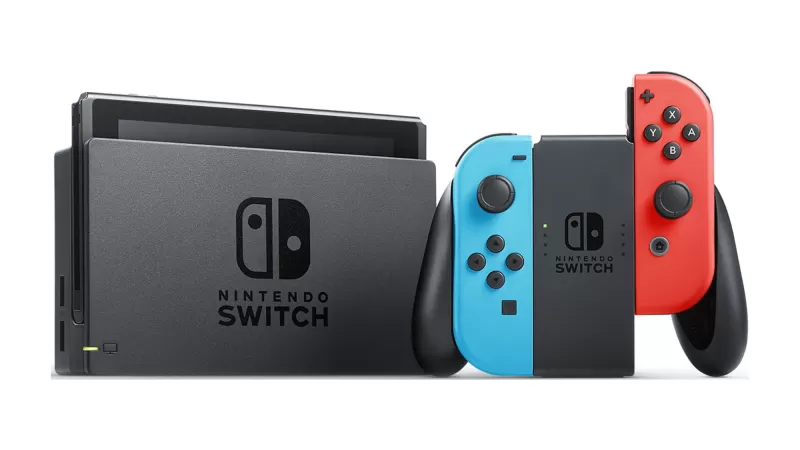 Combining home and portable gaming, the Nintendo Switch redefined the industry with its versatility. Its impressive first-party library includes some of the greatest games ever released.
Combining home and portable gaming, the Nintendo Switch redefined the industry with its versatility. Its impressive first-party library includes some of the greatest games ever released.
New Nintendo 2DS XL - July 28, 2017
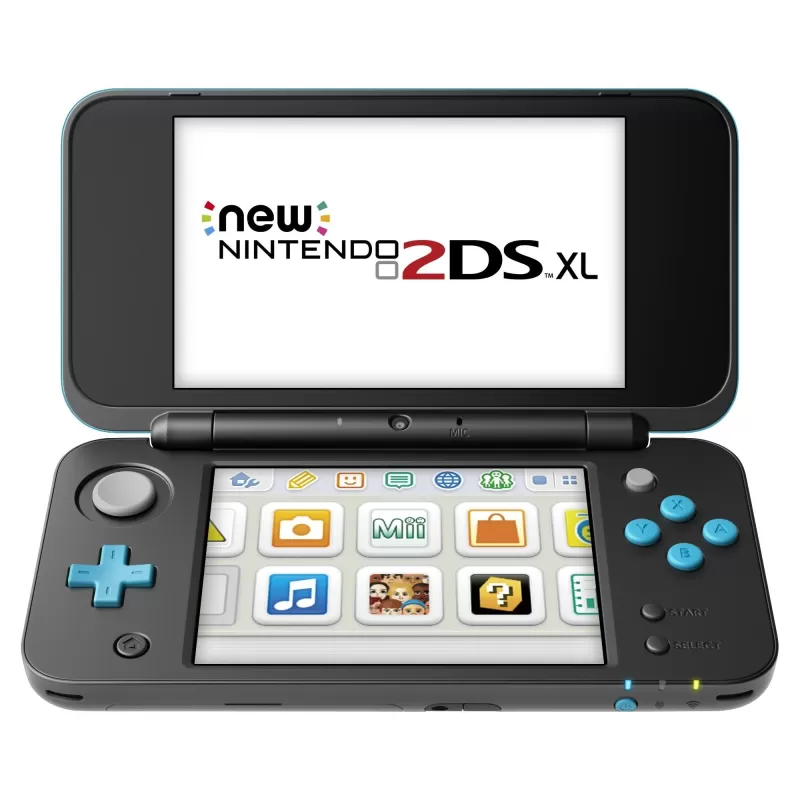 An updated version of the 2DS, the 2DS XL added an analog stick, shoulder buttons, and amiibo support, returning to the clamshell design and supporting New 3DS titles.
An updated version of the 2DS, the 2DS XL added an analog stick, shoulder buttons, and amiibo support, returning to the clamshell design and supporting New 3DS titles.
Nintendo Switch Lite - September 20, 2019
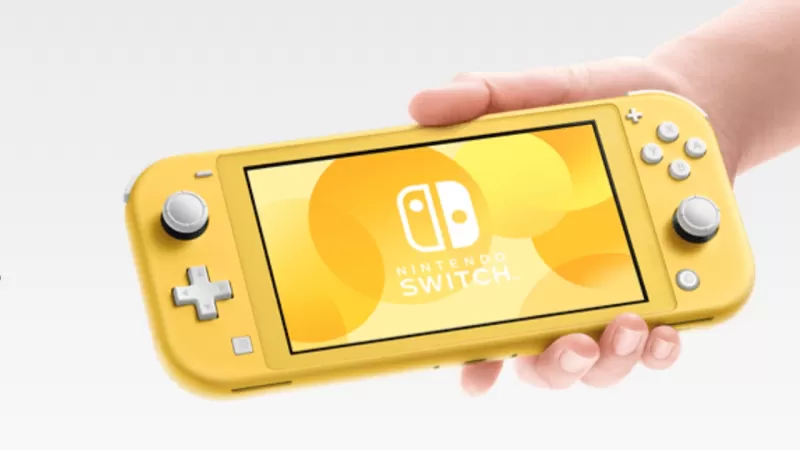 Designed for handheld play only, the Switch Lite featured built-in controllers and a smaller 5.5-inch screen, offering a more affordable option.
Designed for handheld play only, the Switch Lite featured built-in controllers and a smaller 5.5-inch screen, offering a more affordable option.
Nintendo Switch OLED model - October 8, 2021
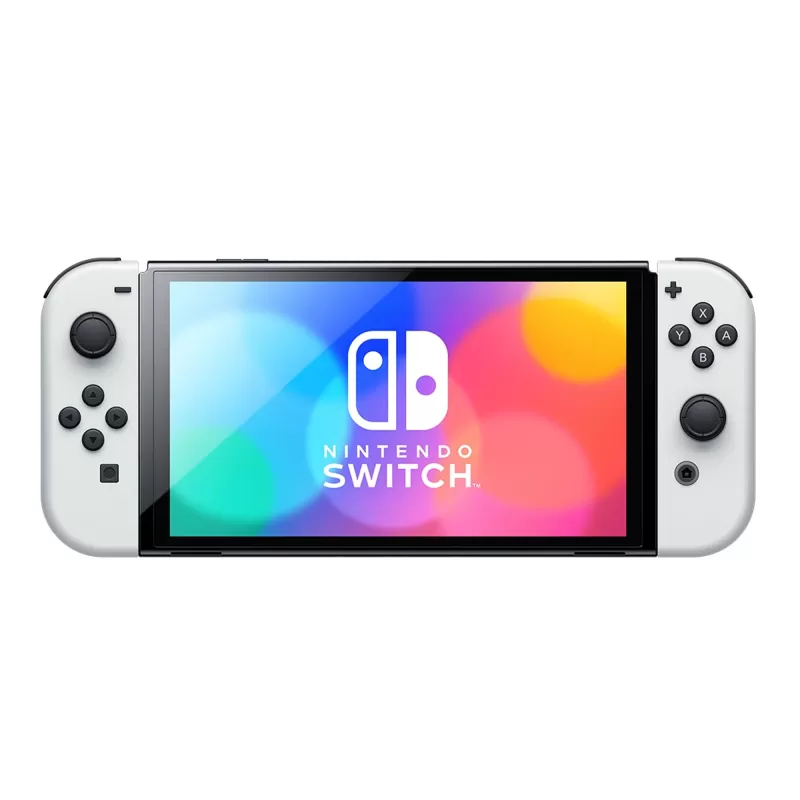 Enhancing the Switch, the OLED model included a larger 7-inch screen and improved speakers and kickstand. It debuted alongside Metroid Dread and introduced a new dock with a built-in LAN port.
Enhancing the Switch, the OLED model included a larger 7-inch screen and improved speakers and kickstand. It debuted alongside Metroid Dread and introduced a new dock with a built-in LAN port.
Upcoming Nintendo Consoles
After years of speculation, Nintendo has officially unveiled the Nintendo Switch 2. The reveal trailer highlights innovative features like a new method for attaching Joy-Cons, a larger screen, and an additional USB-C port. It also suggests the potential for using Joy-Con as a mouse, hinting at new gameplay possibilities. The trailer teases what appears to be a new Mario Kart game with 24-player support, confirming that the console will be "mostly" backward compatible and continue to support both physical and digital games.Analysts and leaks suggest the Nintendo Switch 2 might be priced around $400. We've gathered all known details from the trailer, with more information, including a release date, expected during a Nintendo Direct scheduled for April 2.
AnswerSee Results



